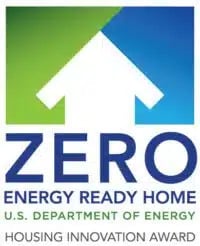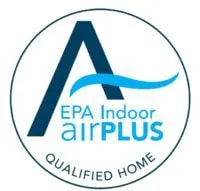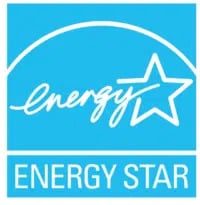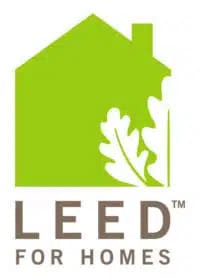“To Build it Right You Must Build it Tight”
Michael Trolle, Principal and Cofounder of BPC Green Builders

Your Home’s “Building Envelope” is arguably the most important aspect of making a home energy efficient and comfortable. It is also a key element in making your home a healthy home. A building envelope is also called a thermal envelope or sometimes just an envelope.
What is a Building Envelope?
Your home’s building thermal envelope includes elements like your home’s:
- Foundation
- Exterior walls
- Framing
- Insulation
- Air sealing
- Vapor barriers
- Wind barriers
- Drainage planes
- Exterior windows and doors
- Attic floor and/or roof
A home’s envelope is what surrounds your home. More precisely, it is the part of your home that separates your home’s inside conditioned spaces from the home’s non-conditioned spaces (like an attached garage, porch, deck and sometimes the attic) and the outdoors. The conditioned spaces are the parts of your home you use energy to heat and/or cool. It is also the spaces you don’t want to be drafty or have allergens and pollution coming into your home from the outside.
Why is a Thermal Building Envelope Important?
A well-designed thermal envelope controls heat flow, air leakage, and moisture infiltration, ensuring that the home maintains a consistent indoor temperature with minimal energy input. This is essential for reducing heating and cooling demands, which account for a significant portion of energy use in most homes. Without an effective thermal envelope, air leaks, thermal bridging, and insufficient insulation can lead to drafts, uneven temperatures, and higher energy bills.
Beyond energy efficiency, a strong thermal envelope enhances comfort by eliminating cold spots and drafts, improves durability by preventing moisture-related damage, and contributes to a healthier living environment by keeping pollutants and allergens from entering the home.
The design, engineering, and construction of your home’s envelope, including its strength, insulative qualities, it being airtight and acting as a vapor/moisture barrier, are CRITICAL to a green home’s energy performance, indoor air quality, comfort, and health.
How Green Homes Have Higher Quality Thermal Envelopes
Green homes have envelopes with superior insulation and are essentially airtight, minimizing heat transfer between the interior and exterior of the home. Advanced materials, such as dense-pack cellulose or spray foam insulation, are carefully installed to eliminate thermal bridging, which often accounts for significant energy loss in conventional homes. High-performance triple-pane windows and insulated exterior doors further enhance the envelope’s effectiveness, ensuring minimal heat loss in the winter and reduced solar heat gain in the summer.
In addition to superior materials, green homes take advantage of advanced building science principles. By meticulously air-sealing the building envelope, you can prevent drafts and uncontrolled air leakage, reducing energy waste and creating a consistent, comfortable indoor environment. Integrated mechanical ventilation systems, such as Energy Recovery Ventilators (ERVs), provide fresh, filtered air without compromising the thermal integrity of the home. These systems also control humidity levels, preventing moisture-related issues like mold and rot while enhancing indoor air quality.
BPC Green Builders offers custom new green home construction and deep green retrofit services throughout western Connecticut and New York’s Hudson Valley. Every one of our homes features a thermal envelope that exceeds the performance standards of conventional homes and meets or surpasses rigorous green building certifications like Passive House, Zero Energy Ready, and LEED.












